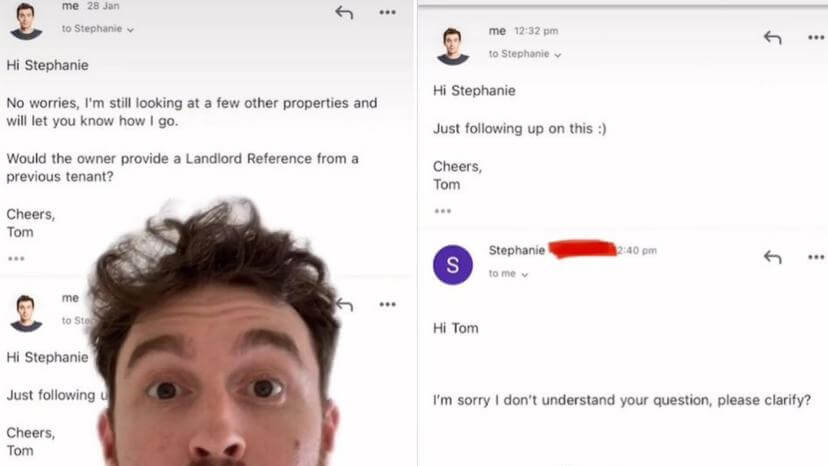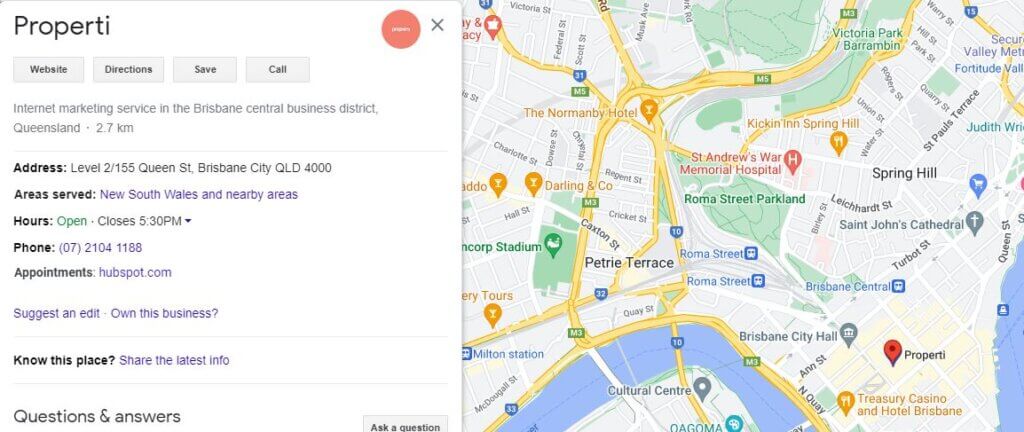How To Avoid False Advertising in Real Estate

Any agent will tell you that being accused of misleading or deceptive conduct is just about the worst thing that could possibly happen in a real estate career. So let’s take a quick look at what that means and how to ensure you don’t fall into those false advertising traps.
What Is False Advertising?
In real estate, you as the selling agent are responsible for all the communication with the public regarding a listing. As such, there are a lot of things that can go wrong — and if you misrepresent a listing in a particular way, you can be reported to the Australian Competition and Consumer Commission for “misleading and deceptive content” — and nobody wants that. False advertising, therefore, is the process of building a listing in a way that doesn’t represent the truth — this can be in the form of edited photography, inaccurate descriptions, and misleading pricing.
Edited Photos
Photography is one of the most important parts of real estate marketing — if you can’t show photos of a property, how will anyone know whether they want to live there? But with the development of digital photography and modern editing software like Photoshop and Lightroom, agents and photographers can be tempted to make a home look even better in an effort to attract more interest and competition — and, therefore, increase prices. Of course, simply cleaning a property and adding additional lighting isn’t enough to be considered misleading, but something like covering a hole in a wall or editing out nearby landmarks like electricity, phone, and water towers definitely is. Similarly, using photos that are out of date can be considered deceptive if the property has changed meaningfully, so be sure your photos accurately match the reality of the property.
Inaccurate Descriptions
The biggest pitfalls to watch out for in your listing descriptions are related to land and the legal restrictions around the property’s development potential, which can be a huge selling point. If you feel like a property is big enough to be subdivided, don’t just say that in the description — double check with your legal team that it meets the requirements. The same goes for bigger developments like residential or commercial buildings, and you need to accurately represent the land and property size, the drainage and water supply, and any notable topological features.
Outside of the property itself, make sure you confirm other attractive features like school catchment areas or walking distances to suburb centres.
Misleading Pricing
The final and most egregious false claim an agent can make is misleading buyers on a property’s price. The key is to set in stone the minimum that the vendor is willing to accept in the sale, and include that in your listing. If you represent a property as being for sale at a specific price but know that the vendor won’t sell at that price, that is misleading conduct. Here’s an example: Your seller has decided a list price of $500,000. If you advertise for “Offers over $490,000” to try and attract more buyers, that is misleading — you’re telling buyers that they could acquire the property for less than the seller’s minimum, even if that doesn’t actually happen. Instead, just invite offers over the list price — this will tell buyers that they’ll want to aim higher to secure the property from the competition.



